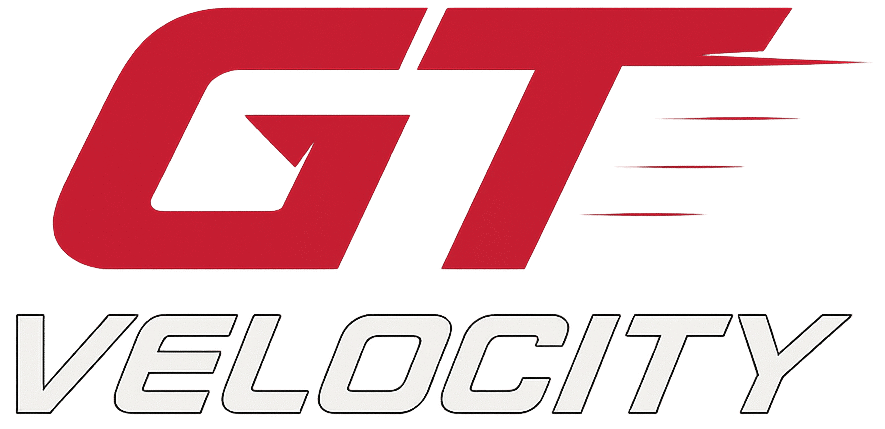Picking out the best sim racing wheel for your setup can make sim racing way more immersive and fun.
Whether you’re just curious about racing games or dreaming of building a full rig, the right wheel will help you get closer to real track vibes, all without ever leaving your chair.
There are so many options and price points out there, so I’m here to break it all down in a way that makes it easy to choose what fits you best.
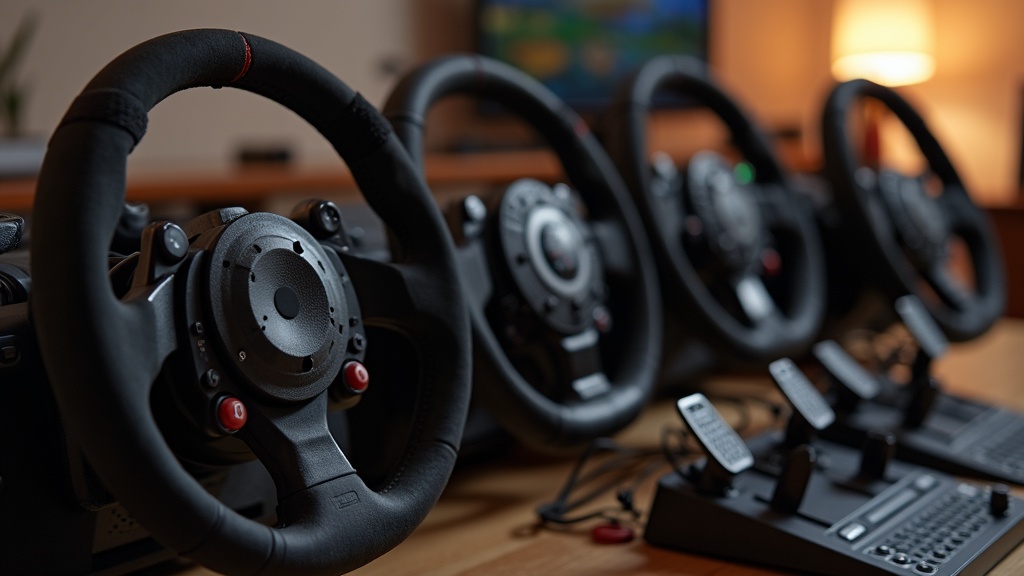
What Makes Sim Racing Unique and Why Your Wheel Matters
Sim racing has transformed from a fun side hobby into a popular way for people to experience the thrill of motorsports right at home.
The scene’s grown a lot over the years, and communities have popped up around everything from Formula 1 to rally simulations.
The eye-catching part is how realistic the experience can get, especially when your gear matches the excitement you see on screen.
Your choice of sim racing wheel affects everything from control and precision to just plain enjoyment. High end gear can help you feel every bump, curb, and slip, while even an entry level wheel can make a racing game a lot more engaging than any standard controller.
Manufacturers keep stepping up the realism and quality of sim racing hardware.
With direct drive wheels, belt drive systems, and updated force feedback technology now easier to find, it’s never been simpler to get what fits your budget and skill level.
Knowing what the features actually mean will go a long way toward picking the right one.
Key Features to Know Before Buying Your First Sim Racing Wheel
Sim racing wheels aren’t all built alike, but several key features really shape your experience.
Here’s a quick list of what to keep an eye on:
- Force Feedback: This lets you feel the wheel push back as you take tight corners or run over rough surfaces. Options range from basic and light to strong and super detailed, all depending on the tech inside the wheel.
- Wheel Rotation Range: This is how many degrees your wheel turns. Entry models might only spin 270°, while pricier wheels offer 900° or more, just like a real car. More rotation means more realism and greater control.
- Mounting and Compatibility: Some wheels clamp right to a desk, others need a dedicated stand or rig. Make sure what you’re looking at will fit your space and work for your PlayStation, Xbox, or PC. Not all wheels cover every system.
Simple Steps to Picking a Sim Racing Wheel That Fits You
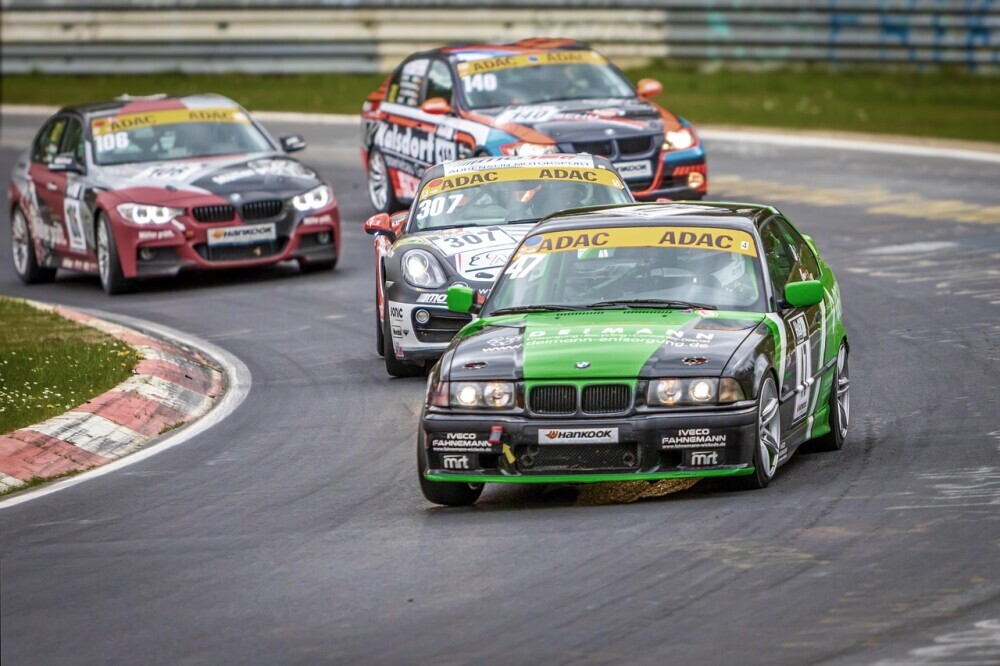
Narrowing down your choices doesn’t have to feel overwhelming.
Here’s a quick run-through of steps to keep things clear:
- Set Your Budget: Wheels can jump from affordable to high end pretty fast. Decide what you’re willing to spend before falling for those flagship models. Entry wheels often start around $100–$250, while serious gear climbs over $600, especially with extras like shifters or high end pedals.
- Pick Your Platform: Not every wheel works with every console. If you like to switch between devices, double-check that you’re covered by looking at compatibility specs.
- Think About Space: Desk clamps are awesome for small apartments or dorms, but if you have a dedicated room, a solid wheel stand or full cockpit can make the whole setup sturdier and more comfortable.
- Consider the Type of Racing: Arcade racers don’t demand the strongest force feedback; basic wheels will do fine. If you’re getting into realistic sims, use a belt drive or direct drive wheel for that extra bit of lifelike detail and road feel.
- Check Pedal Quality: Many wheels come in bundles with pedals. Entry kits offer basic pedal sets, but higher end bundles give you features like load cell brakes for a much more realistic brake feel.
It pays to match your wheel to the type of racing you enjoy most, saving money and frustration as your interest level changes.
Factors You Should Think About Before Investing
Jumping into the world of sim racing hardware can feel a bit confusing with all the choices.
To make it easy, consider these extra factors and avoid future regrets:
- Force Feedback Tech: Gear-driven wheels are cheaper but louder and a bit less smooth; belt driven wheels feel smoother and are quieter; direct drive models come with next-level realism but cost and weigh more and need a stiffer mount.
- Build Quality: Metal wheels and pedal sets have more lasting power and feel better on your hands and feet than basic plastic. Heavier gear lets you push harder in-game without anything shifting or flexing under pressure.
- Upgrade Path: Certain brands let you mix and match new wheels, pedal sets, or extra shifters as you go. Planning for future upgrades means you don’t have to replace your entire setup as your passion grows.
- Community Support and Updates: Big names like Logitech, Thrustmaster, and Fanatec keep solid software support and have loads of spare parts. Up-and-coming brands might offer cool new features, but getting replacement parts or bug fixes can take longer.
Force Feedback: The Key to a Realistic Experience
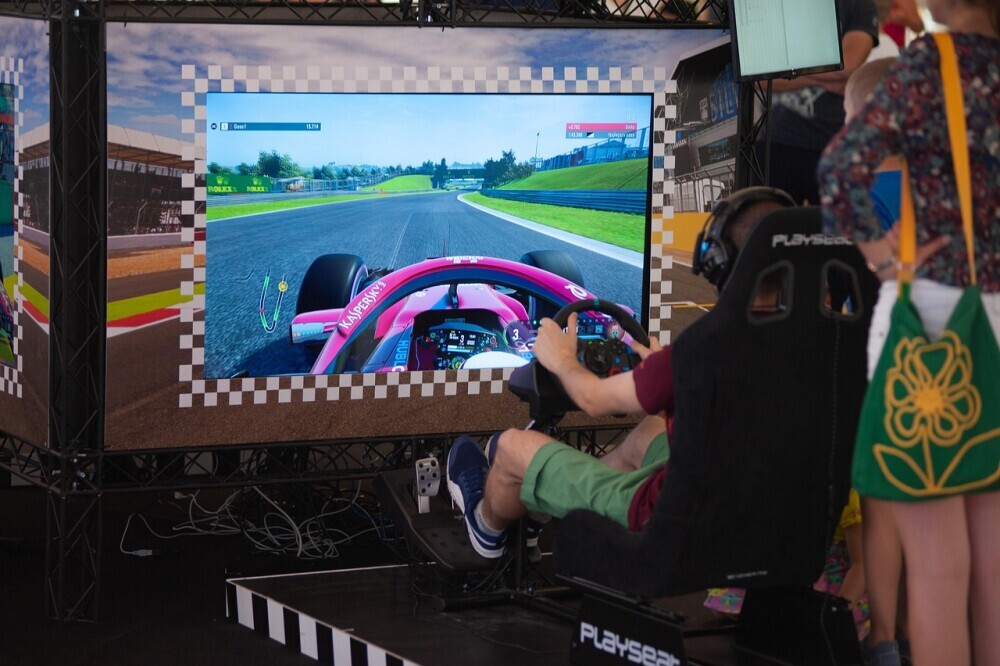
The real power of force feedback isn’t just feeling a bump when you crash. It’s about knowing when a tire’s about to lose grip, spotting the slickness of rain-soaked pavement, or feeling a curb’s sharp edge.
Gear-driven wheels are easy ways to get started, but some people don’t like their notchy feel.
Belt driven options add to your budget but pump up the smoothness. Direct drive wheels mount the rim right onto the motor, creating next-level cool realism—though they’re also bulkier, pricier, and need robust support.
Pedals: A Surprising Area for Big Improvement
Basic pedal sets feel light, springy, and sometimes a bit toyish. They work, but if you want to get more accurate with braking—especially for racing sims—load cell brakes make a world of difference.
They use pressure sensors rather than just movement, so the amount you press the pedal is what matters, not just how far you stomp.
Swapping in a better pedal set is a solid way to take your whole setup up a notch, even if you already own a beginner wheel.
Mounting Options: Stability Upgrades
If your wheel is sliding around, it’s tough to stay focused on driving.
Clamping your wheel to a solid desk is one way to go, but if you want to get serious, stands and cockpits anchor your equipment.
That means you won’t hold back going into corners, helping you stay in the zone throughout a long race.
Brand Ecosystems and Modularity
Fanatec and Thrustmaster use “base and rim” setups, so you can pick different wheel styles for different types of racing, such as rally, F1, or GT.
That way, you upgrade specific parts instead of replacing the whole kit.
Logitech is a more all-in-one approach, which means fewer upgrade paths but a super reliable, easy experience out of the box.
Online support forums, YouTube channels, and community groups often cheer on these brands. You can find setup advice, tweak suggestions, and even mods to personalize or troubleshoot your rig. The larger the fanbase, the easier it is to find help or inspiration for stepping up your racing game.
Step-Up Tips for Getting the Most Out of Your Wheel
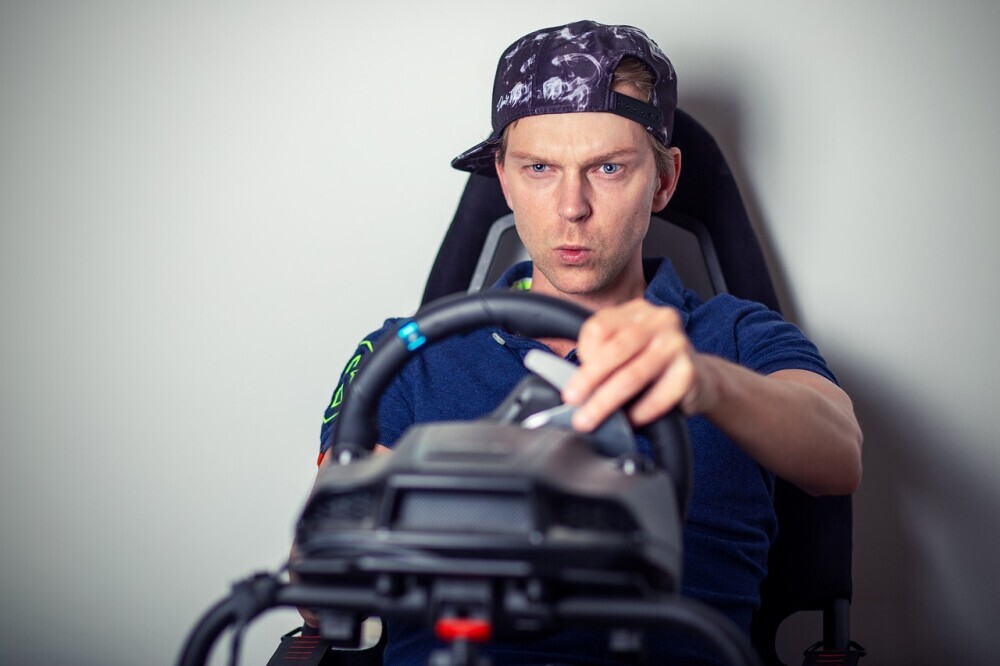
Once you’ve settled on a wheel that matches your needs and your space, try these extra tips to get the most from your sim racing adventure:
Dial In the Settings: Spend time tuning force feedback, wheel rotation, and pedal dead zones. Not every car or game will feel perfect out of the box. Customized tweaks deliver the best experience, so don’t be shy about adjusting to your liking.
Try Heel-and-Toe or Manual Shifting: If your wheel setup has a clutch pedal or an extra shifter, learning to use them gives you new tricks to master. You’ll notice a boost for cars designed with manual controls.
Improve Mounting Stability: If your wheel isn’t rock solid, test different mounting setups, like anti-slip pads or a wheel stand. A snug fit lets you focus fully on racing.
Upgrade Gradually: There’s no need to buy all the extras up front. Many racers start with an entry set, then swap in better pedals or add a shifter once they know what features they value most. This way, you spread out costs and grow your rig as your skills do.
Beginner Recommendations and Real-World Use
It helps to see how new racers build their setups. A Logitech G29 (for PlayStation and PC) or G920 (for Xbox and PC) clamped to a desk is a classic beginner move.
Once you’re more confident, grab a sturdy stand and maybe toss in a shifter for more realism.
- Entry Level Favorites: Logitech G29/G920 bundles are affordable, reliable, and require little setup. They’re all-in-one—just plug in and play.
- Moving Up: Thrustmaster T300 or TMX models bring out more refined force feedback and a smoother racing feel. Their add-on options let you keep customizing as you get more into the hobby.
- Pro-Level Experience: Fanatec’s CSL DD or GT DD Pro offer the kind of direct drive strength and modular design that hardcore sim fans crave. These setups need a good cockpit to handle the extra oomph, but they’ll step up your racing experience dramatically.
Mix and match to fit your own room size, price limit, and personal taste.
Since there’s a good resale market for racing gear, upgrading usually means you can recover some cash by selling your older equipment.
Frequently Asked Questions
Here are answers to a few questions that almost everyone runs into:
Question: Can I use one wheel for multiple consoles?
Answer: Some wheels are designed to work across different platforms, but many are locked to either PlayStation/PC or Xbox/PC. Always triple-check compatibility before you buy.
Question: Is a racing wheel really better than a regular controller?
Answer: Most racing fans agree that wheels give much deeper control, realism, and feedback. While controllers are quicker to set up, a wheel helps you steer, brake, and handle like a real driver. Plus, it’s loads of fun and an awesome way to practice real-world driving skills.
Question: How realistic are entry level wheels?
Answer: Beginning wheels are very good for fun and casual simulations, offering most of the features that make racing feel real. If you want the ultimate immersion, you’ll sense a leap in smoothness with belt drive or direct drive options.
Choosing Gear That Grows With You
Picking the best sim racing wheel is about finding a sweet spot between your budget, how much space you have, and where you want your rig to go next.
The coolest experiences come from gear matched to your needs—not just chasing whatever has the highest price tag.
Start simple, knowing you can always add to your setup if you end up loving the hobby.
Your sim racing setup can make all the difference, turning just another game into a passion that closely mimics the real thing.
Whether you race for fun or chase leaderboard spots, a wheel tailored to your style keeps things exciting and engaging.
Amazon has a great range of different sim racing wheels and pedals. Click this link so you can take a look. Just to let you know, I do get a small commission if you go through my link and purchase anything.
Enjoy the adventure!
